After growing Phalaenopsis orchids for a while, you'll notice that old and new plants have completely different "personalities." Even the way they need watering differs significantly, not to mention their flowering habits. So, how can you care for both the old and new plants in summer to ensure they grow well?
First, let's talk about the difference in watering. For older plants, the root system is already well-established, and some of the old roots may have a brownish outer layer, meaning they don’t absorb water as efficiently as before. In summer, you should avoid watering too often, as the old roots can’t tolerate prolonged soaking and are prone to rot. When checking the potting material, wait until the top 3 cm is dry before watering. After watering, be sure to empty the tray to prevent water from accumulating at the bottom of the pot. Water in the morning or evening, and water slowly around the edges of the pot so the moss or bark can absorb the water gradually. Don’t pour water directly onto the old roots to avoid damaging the delicate root system.
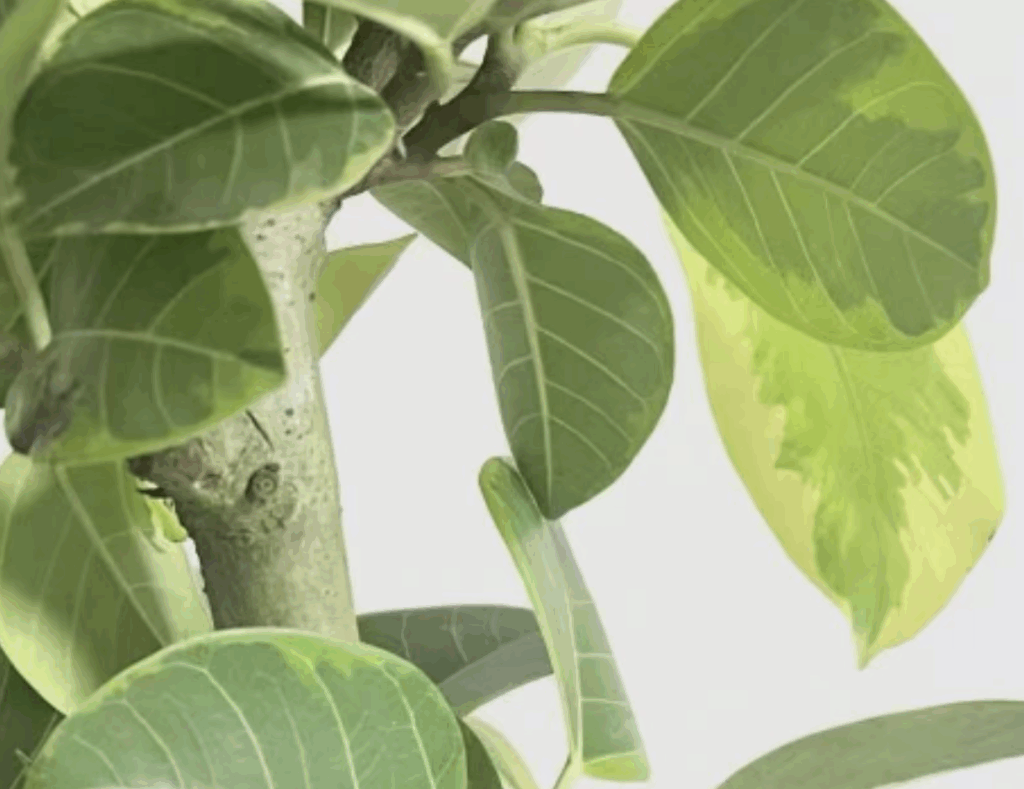
New plants are different; their roots are fresh and tender, and they’re actively absorbing water. Since water evaporates quickly in summer and new roots are very active, you need to water promptly when the surface of the potting material dries out. If you don’t, the crystal-like new roots may dry out and shrink. However, you shouldn’t keep the moss too wet—keeping it slightly moist is ideal. When watering, make sure to soak the potting material a bit, allowing the new roots to drink their fill, but don’t let the pot sit in water as new roots are also sensitive to being waterlogged.
Now, let’s talk about flowering. When it comes to blooming ability, old plants are much more reliable than new ones. Orchids that are over three years old have accumulated enough nutrients in their bulbs (the round part under the leaves), and as long as the environment is right, they’re likely to send out flower spikes as soon as autumn arrives. Just like adults who are more energetic and confident in their actions, old plants not only bloom in greater numbers but also have longer blooming periods—sometimes lasting two to three months.
New plants, especially those recently divided, should not be expected to bloom. At this stage, they’re busy producing new leaves and roots and don’t have the energy to form flower buds. Forcing them to flower would deplete their nutrients and lead to weak growth, making it difficult for them to be healthy in the long run. It’s like how children need to focus on growing and shouldn’t be overworked—new plants need to grow strong first. Once the bulb reaches the size of a thumb, it will have the potential to bloom next year.
To help both old and new plants thrive in the summer, in addition to adjusting watering, there's one common thing to remember: both dislike direct sunlight and being in a stuffy environment. Whether it's an old or new plant, keep it in a spot with indirect light, such as a corner in the living room or behind sheer curtains. Never let the plant be exposed to direct sunlight in the midday heat. Open the windows daily to allow ventilation or use a small fan to help air circulation. This keeps the roots from getting into trouble. When fertilizing, you can occasionally give old plants a diluted orchid fertilizer, but avoid fertilizing new plants until autumn.
In summary, for summer orchid care, don’t water old plants too frequently and don’t let new plants dry out too much. By understanding their needs and providing proper shade and ventilation, it’s easy to get both old and new plants to thrive. Whether you want the old plant to bloom next year or help the new one grow strong, it’s not difficult at all!

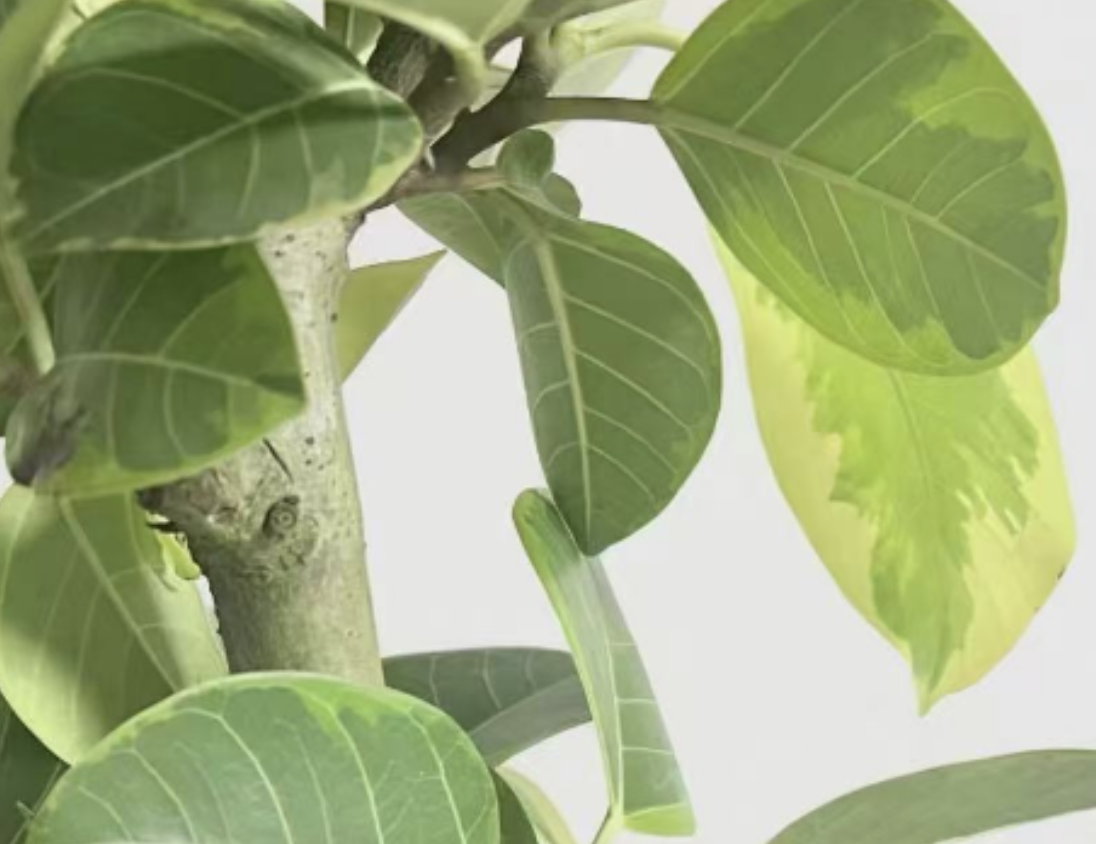
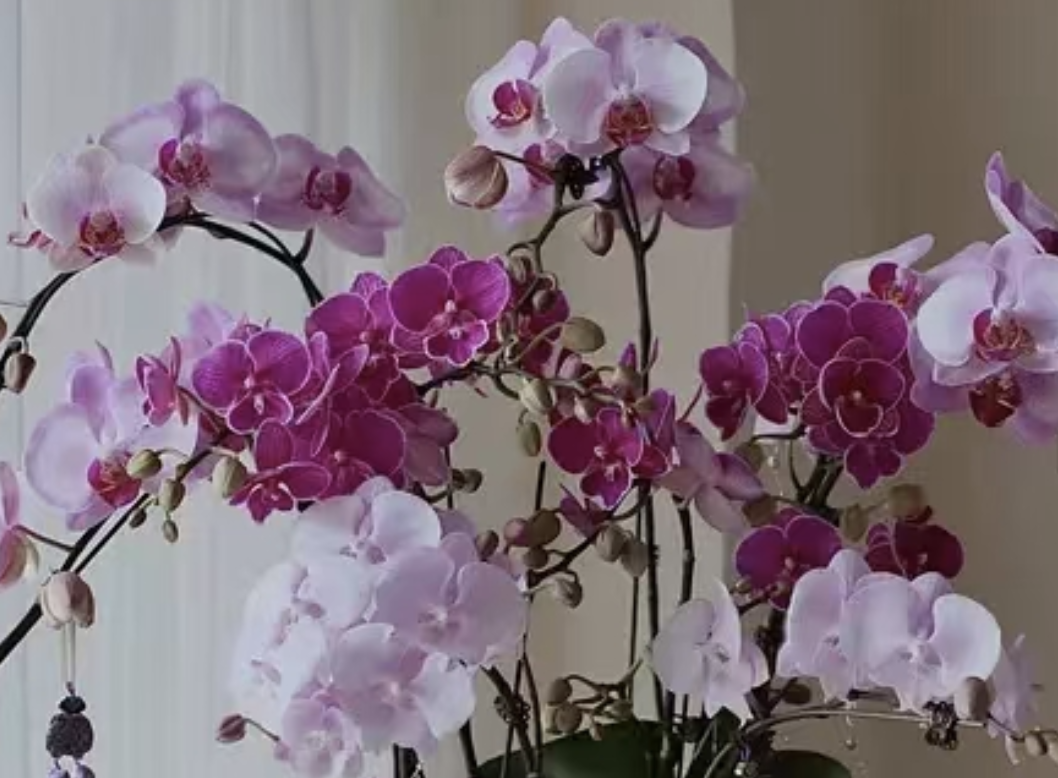
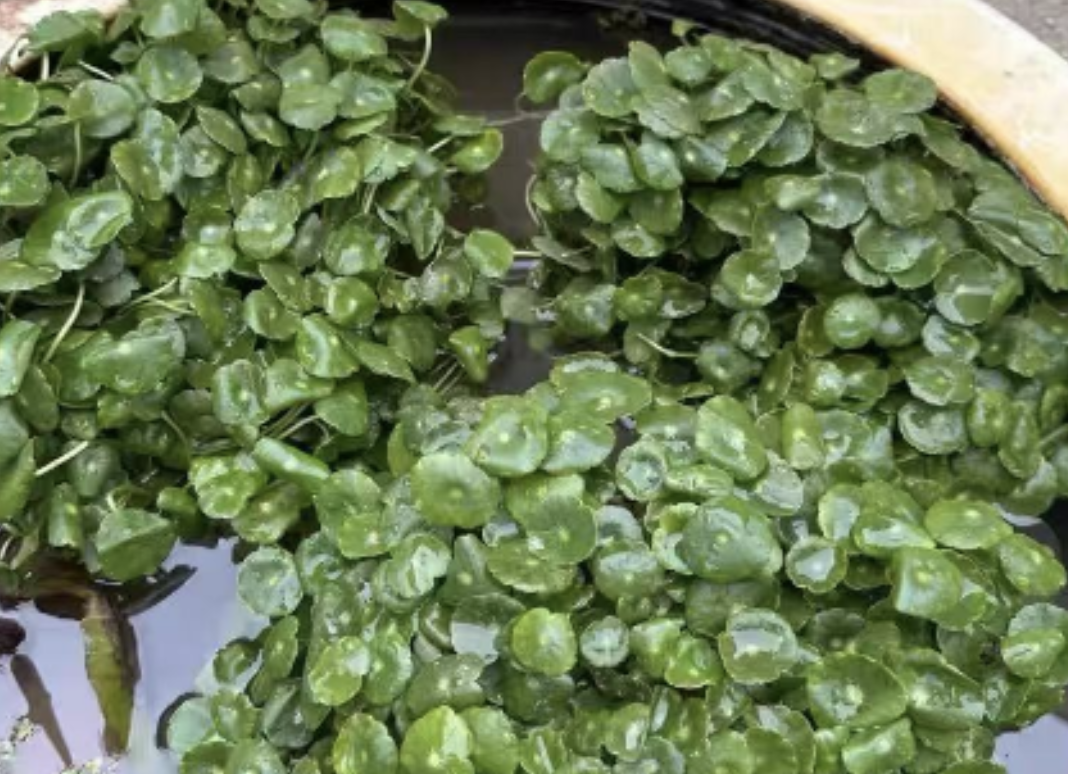
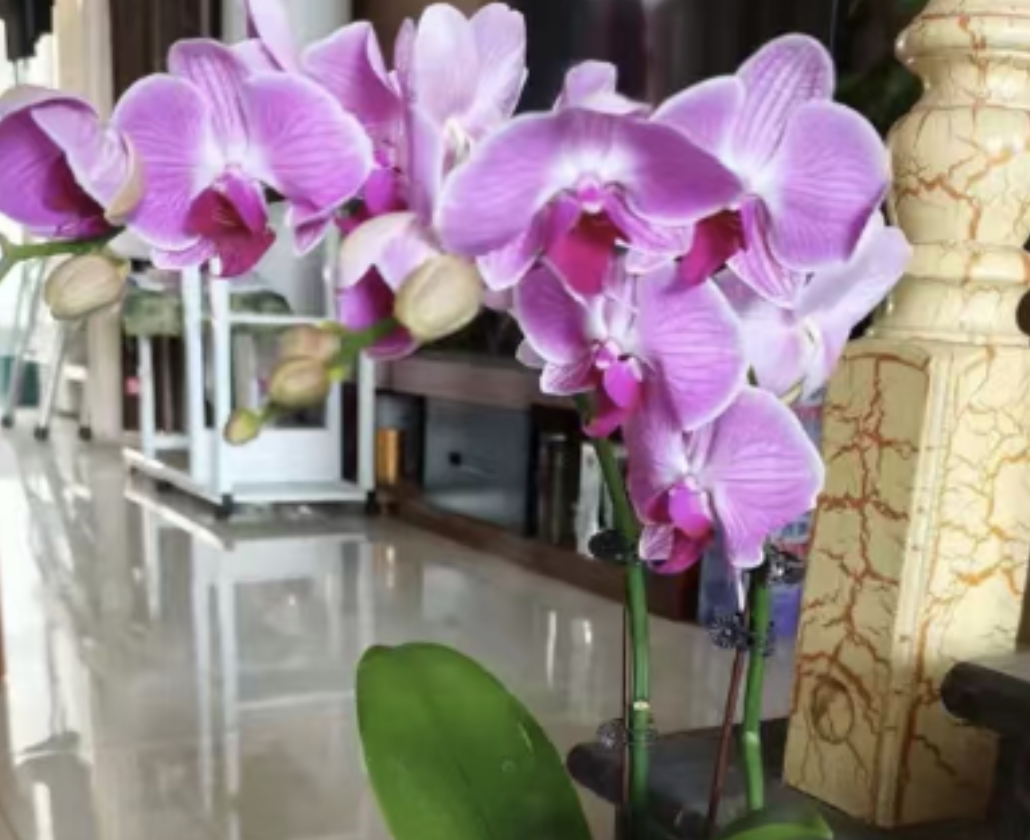
Leave a Reply